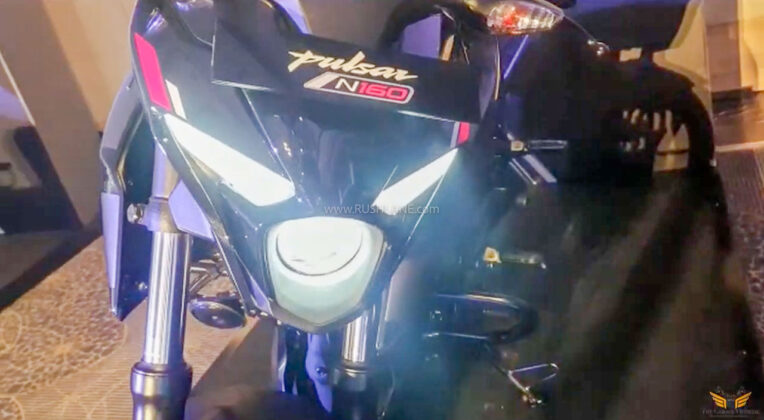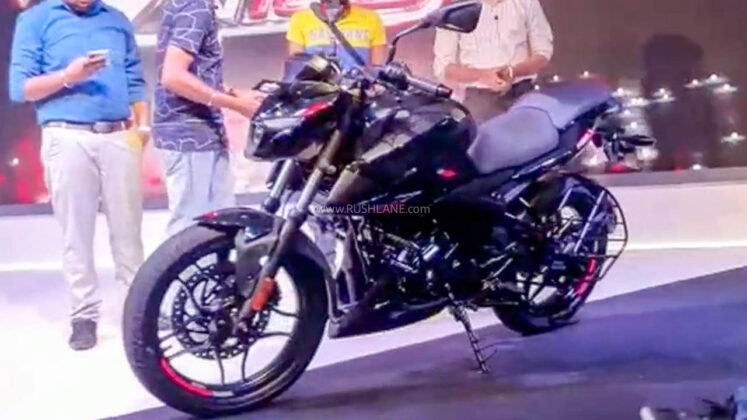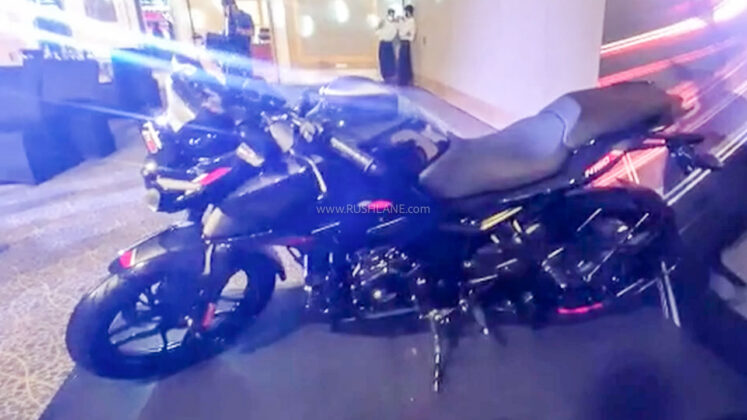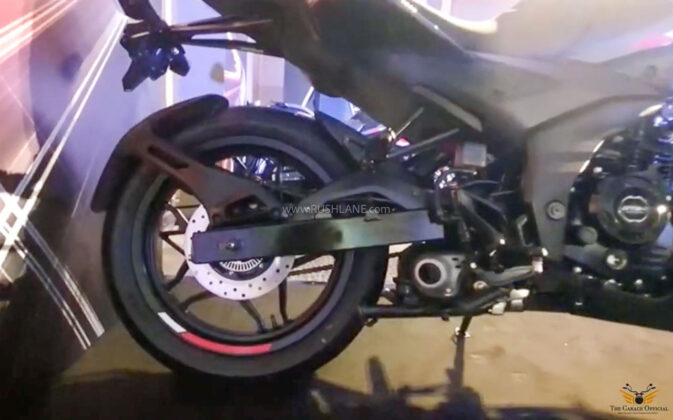New Pulsar N160 borrows styling bits from Pulsar N250 and packs in functional updates such as dual-channel ABS for improved overall ride experience

A popular choice in entry-level performance oriented biking segment, Bajaj Pulsar NS160 has been launched in its new avatar as N160. It looks sharper in comparison to its predecessor and offers several best-in-class features. To understand how it will fare against rivals, here’s a quick comparison between new Pulsar N160 Vs. Apache RTR 160 2V Vs. Apache RTR 160 4V.
While both bikes have the sleek, aerodynamic profile of a streetfighter, Pulsar N160 looks more athletic. It appears to have more power to grab eyeballs. One of the key features of N160 is its compact underbelly exhaust, which ensures a leaner, clutter free profile for the bike.
Pulsar N160 Vs. Apache RTR 160 styling
In comparison, TVS Apache RTR 2V and 4V utilize an upswept exhaust. Pulsar N160 underbelly exhaust can also help the bike negotiate tight spaces with ease. In terms of colour choices, Apache RTR 160 has relatively more options for users. While RTR 160 2V has a total of six colour options, RTR 4V is offered in four distinct shades.
In comparison, Pulsar N160 dual-channel ABS variant has been launched in Brooklyn Black colour option. It is possible that more colours could be introduced for this variant in future. In the case of the N160 single-channel ABS variant, the colour options are Caribbean Blue, Racing Red and Techno Grey. Take a look at the first look walkaround video of the new Bajaj Pulsar N160 in the video below, credited to The Garage Official.
New Pulsar N160 is powered by a 164.82 cc, 2-valve, single cylinder, oil cooled motor that generates 16 PS of max power at 8,750 rpm and 14.65 Nm of peak torque at 6,750 rpm. It is mated to a 5-speed constant mesh transmission. Apache RTR 160 2V is equipped with a 159.7cc, air cooled motor that generates 15.53 PS and 13.9 Nm. It is mated to a 5-speed gearbox. RTR 160 4V has the same capacity engine, but comes with oil cooling. It has higher numbers at 17.55 PS and 14.73 Nm (Sport mode). In Urban and Rain mode, the numbers are 15.64 PS and 14.14 Nm.

Riding stance is slightly committed on both bikes. Rider seat height is almost the same; 795 mm for Pulsar N160 and 790 mm for RTR 160. Seat height of around 800 mm is considered to be appropriate even for shorter riders. In terms of ground clearance, Apache has 180 mm in comparison to 165 mm of N160.
Pulsar N160 Vs. Apache RTR 160 pricing
Among the two, N160 is heavier with kerb weight of 152 kg for single-channel ABS and 154 kg for dual-channel ABS variant. In comparison, RTR 160 2V weighs 139 kg (rear drum) / 140 kg (rear disc) whereas 4V is 144 kg (drum) / 146 kg (disc). Apache 160 2V gets an analog / digital instrument cluster without bluetooth, while Apache 160 4V gets a fully digital instrument cluster with bluetooth connectivity. Bajaj Pulsar N160 gets an analog / digital instrument cluster with no bluetooth feature.

Bajaj Pulsar N160 single-channel ABS variant is priced at Rs 1.23 lakh, whereas the dual-channel ABS version costs Rs 1.28 lakh. In comparison, Apache RTR 160 2V prices are Rs 1.13 lakh for drum variant and Rs 1.16 lakh for dual-disc variant. RTR 160 4V prices are Rs 1.21 lakh (drum) and Rs 1.23 lakh (disc). Apache RTR 160 4V also has a Special Edition variant that costs Rs 1.27 lakh.










